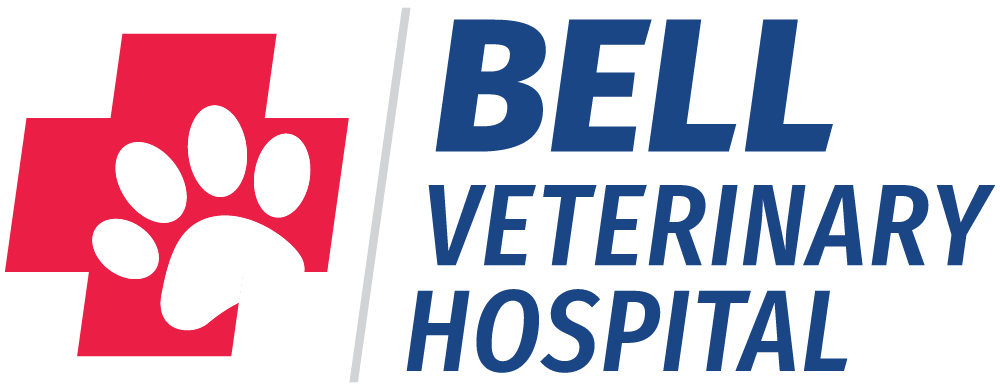
Chew on this, you guys: the majority of pets show some signs of dental disease by age three. And I’m not just talking about doggy breath here. (Mine smells like roses, btw.) Over time, tooth decay, gingivitis, and plaque and tartar build-up can lead to heart, liver, and kidney problems.
Because your pet’s pearly whites are so important—and in honor of National Pet Dental Health Month—the good folks at Bell Veterinary Hospital are offering this drool-worthy deal: book a cleaning anytime between now and February 28th and get 10% off the entire cost of the procedure—not to mention a FREE dental maintenance kit to take home.
I know this sounds a little crazy, but one of the best things you can do for your pet’s smile between cleanings is establish a regular tooth brushing routine. You read me right – pets’ teeth need brushed, too. Dr. Bell brushes this canine’s canines All. The. Time.
Want some tips on how to make brushing sessions go more smoothly? Read on!
Get comfortable. We love it when our humans get down on our level, so, instead of looming over your best friend, kneel in front of her. Begin by lifting her lip to see the teeth and then shower her with praise. (Note: a little “good girl” goes a long way.)
Use a toothpaste and brush made for pets. Learn from my experience—human toothpaste is nasty. It’s also bad for pets’ stomachs, so opt for a special paste made just for my kind. Oh, and finger brushes work well for smaller dogs and cats, but you’ll need to opt for brushes with handles if you have a larger pet like me.
Go slow at first. You’ve heard the saying that you can’t teach an old dog new tricks. All pet ageism aside, we can learn. We just like to ease into things, so start with rubbing your pet’s gums and teeth with your finger to see how well they tolerate it. Before using the brush, let them lick some of the toothpaste off your finger or the brush. Trust me—that licking part is key!
Be gentle. Finish with the bottom front teeth. Focus on the outside of the teeth—the surface facing the cheek is the most prone to plaque and tartar buildup.
Be patient. Getting used to brushing might take several sessions.
There are lots of cool products out there to supplement your pet’s brushing routine. Dr. Bell recommends Orivet Chews and Vetrident water additive. Both are completely safe, effective, and pet-approved. Bonus—they’re affordable and easy to use, too.
Before I go, a quick word on green poo. Yeah, I know—I sure buried the lead there, didn’t I? Anyway, a lot of pets will poop green after eating an Orivet Chew. This is completely normal. Don’t panic unless the poop a) glows in the dark or b) begins to move across the ground on its own. (Both happened to me, but that’s a story for another newsletter!)
Anyway, want to stock up on dental health products? Need to schedule a cleaning for your best friend? Give the hospital a call at 205-486-4500 or book an appointment online today!
Grinningly yours,
Jake
Jake is the canine companion of Dr. Bell, and because he spends his days sniffing around for stray treats at a vet hospital, he’s managed to learn quite a bit. In fact, he’s so smart that Dr. Bell figured it was time he earned his keep (and couch time) by passing along some of that knowledge.
